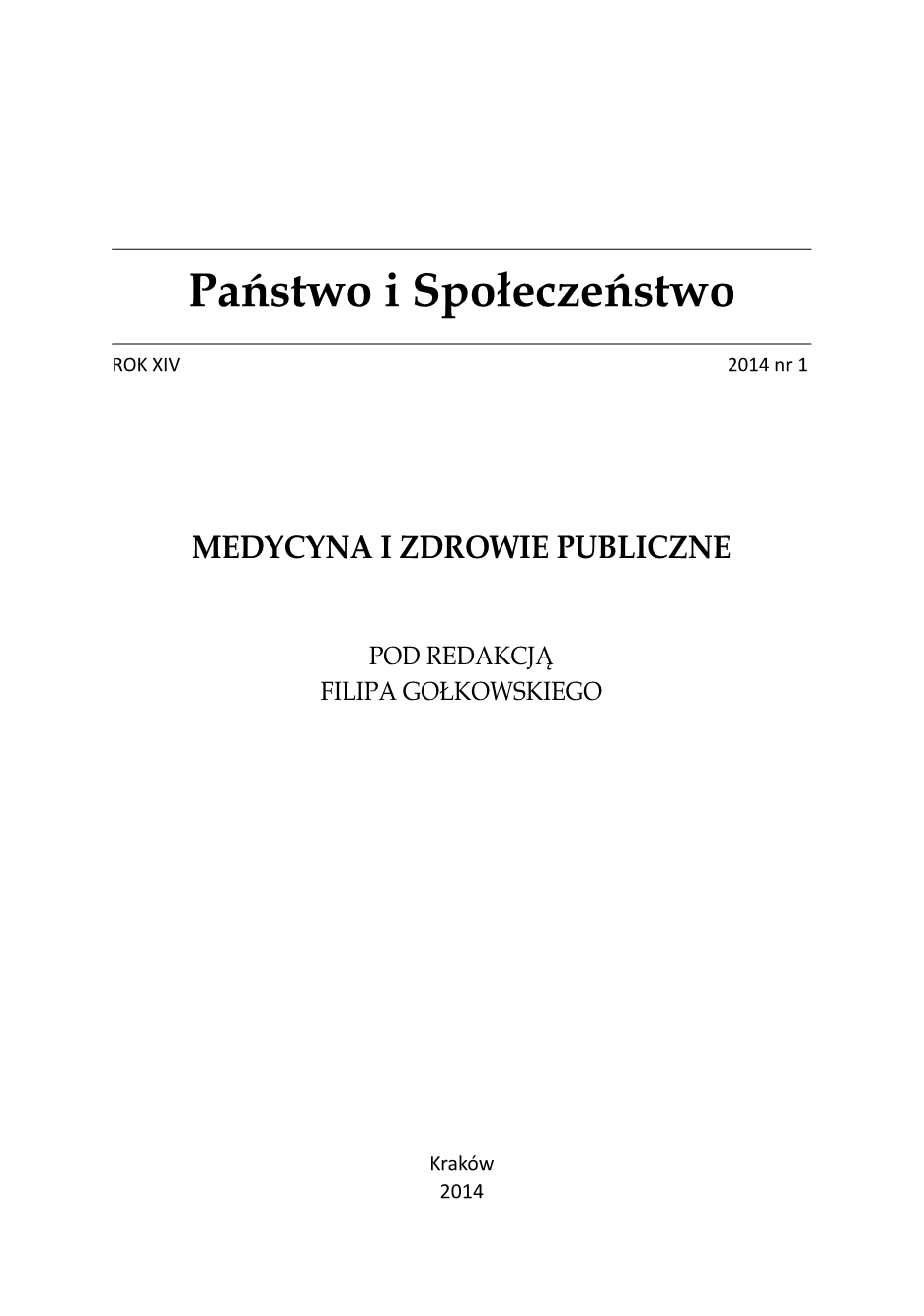Badanie zależności nasilenia bólu pooperacyjnego od warunków wykonywania pomiarów
Recognition of correlations between postoperative pain intensity and the conditions of pain assessment
Author(s): Lucyna Tomaszek, Zdzisława BochnakSubject(s): Methodology and research technology, Evaluation research, Health and medicine and law
Published by: Oficyna Wydawnicza AFM Uniwersytetu Andrzeja Frycza Modrzewskiego w Krakowie
Keywords: postoperative pain assessment; the conditions of pain; the effectiveness of analgesia;
Summary/Abstract: It is postulated that postoperative pain should be evaluated both at rest and during deep breathing, and coughing. Assessment of pain at rest is important for making the patient comfortable while in dynamic conditions for reducing risks of cardiopulmonary complications after surgery. The purpose of this study was to recognize correlations between postoperative pain intensity monitored with the Verbal Rating Scale (VRS) and Numeric Rating Scale (NRS) at rest and in dynamic conditions (according to PHHPS) and the effectiveness of a pain management. A prospective observational study was performed in 145 children aged 7–18 years old after thoracic surgery. The average pain intensity scores at rest (n = 725 measurements) were compared to average dynamic pain intensity scores (n = 725 measurements). It was assumed that postoperative pain relief was adequate if patient’s pain according to VRS was weak (at rest: NRS ≤ 2 scores; during deep breathing and coughing: NRS ≤ 3 scores) or no pain (at rest: NRS = 0; no pain during coughing: NRS = 0). Average pain intensity scores were significantly higher in dynamic conditions than at rest (VRS: 1 vs 0.4; NRS: 1.9 vs 0.8; p = 0,000; Wilcoxon test). The proportion of the measurements of effective analgesia was lower in dynamic conditions than at rest (74.1% vs 88.1%; p = 0,000; McNemar’s test). The conditions of pain assessment have a significant impact on assessing the effectiveness of analgesia in postoperative pain management after thoracic surgery in children.
Journal: Państwo i Społeczeństwo
- Issue Year: XIV/2014
- Issue No: 1
- Page Range: 35-46
- Page Count: 12
- Language: Polish

